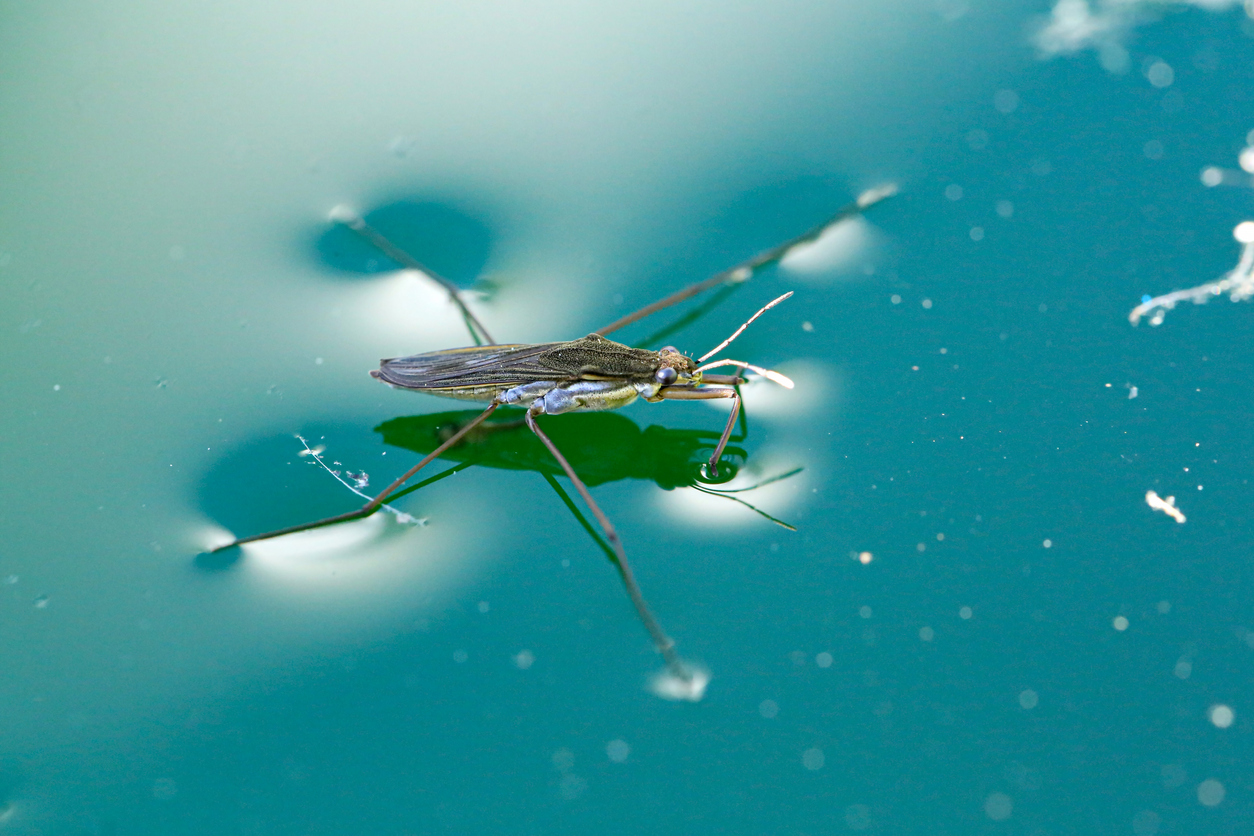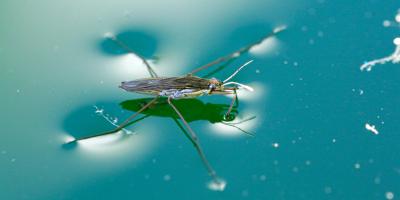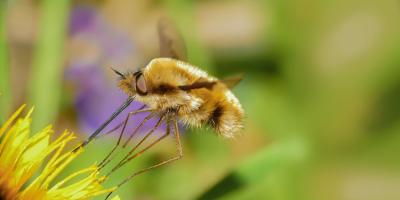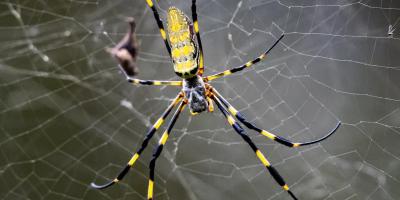The Mysterious World of Aquatic Insects & Mistaken Identity

Out of Sight; Out of Mind:
Before you panic over that apparent swarm of insects, possibly termites, observed along the exterior of your home, let’s explore life in and around the pond for additional answers. New England ponds, bogs, swamps, rivers, and streams are abundant with life. We all know something about the fish, fowl, snakes, turtles, and frogs that are routinely spotted or caught, but most people know very little about the mysterious world of aquatic insects unless you happen to be an avid fly-fishing expert, entomologist, or aquatic biologist. Because of this lack of knowledge, homeowners often confuse some aquatic insects for destructive household pests including termites, ants, mosquitoes, and less often cockroaches. When misidentification occurs, people may unknowingly kill beneficial insects.
The Mysterious Life:
Aquatic insects have two very distinct life stages with immature (larval) stages living exclusively in the water, fully equipped will feathery gills for breathing underwater (like a fish), and adult stages taking to the air, with some species such as dragonflies and damselflies, exhibiting the most sophisticated flight patterns of the insect world. Aquatic insects play essential roles in a balanced water ecosystem serving as key members of the food chain bottom. They also serve as primary health indicators for water quality.
The more cryptic and virtually unseen larval forms of aquatic insect life take place underwater in all types of natural water systems. The underwater (aquatic) stages in many species are long-lived as insect lifespan goes with some species living beneath the water for several years. Conversely, the adult stages of most aquatic insects live just a matter of days including mayflies, caddisflies, and stoneflies. While these three species may be quite fragile and short-lived in their flight stage, they are all signs of a healthy and clean water system.
Mistaken Identity:
Here is a list of aquatic insects that are commonly mistaken for undesirable insects:

- Stoneflies are commonly misidentified as termite or carpenter ant swarmers depending on the species of stonefly and size (1/2 inch to 2 inches). Like subterranean termites, stoneflies are a primitive group of insects dating back 300 million years ago. Larger stonefly species have been often mistaken for cockroaches. Stonefly adults can be observed all year round and come in many different sizes with winter stoneflies appearing from January to April, spring stoneflies appearing April to June, and common stoneflies emerging April to September. Stoneflies are harmless to people and their structures. Adults will emerge from the underwater worlds, take flight to find a mate, breed, and die within a couple of days.
- Caddisflies have an interesting and lengthy underwater existence where larval stages encapsulate themselves in camouflaged cocoons made of materials collected from streambeds. Essentially bottom feeders, and they eat organic debris. They are intolerant to pollution, so if you observe an abundance of caddisflies, the nearby waterways they abandoned for breeding purposes are healthy and clean. Caddisflies can easily be mistaken for small moths and stored product pests, but rest assure caddisflies have no interest in food stored within your home. They are harmless and will die within a few days after emergence.
- Midges come in all shapes and sizes and most in the New England region do not bite even though some are dead ringers for mosquitoes; they lack the mouthparts necessary to bite people and animals. Like mosquitoes, midge larvae spend their entire life under water. Midges, especially the group known as Chironomids, are pollution/low oxygen tolerant but not a standalone indicator that a body of water is polluted or too low in oxygen levels required to support other aquatic insect groups. Most mosquitoes require stagnant water for larval development and are also pollution/low oxygen tolerant.
- Dragonfly and Damselfly abundance is an indicator of a clean and healthy water system. These important aquatic insects are predaceous on many insects including mosquito adults and larvae. Most people are familiar with dragonflies and do not confuse them with household pests because they are so uniquely structured. However, damselflies and dragonflies are easily confused but with a few identification tips, you can easily tell them apart. Dragonflies hold their wings out horizontally when resting and damselflies fold their wings over their body/abdomen when at rest. Dragonfly eyes are very large and rest on top of the head while damselfly eyes are off to the side of the head giving their face a preying mantid look. Finally, the body of a dragonfly is thick, and the damselfly has a thin body.
Curiosity Aquatics:

- Dobsonflies are the largest of the aquatic fliers. Ranging 4-5 inches long, these awkward slow flying dinosaurs will give any self-respecting human a jolt when it lands in your hair. An impressive sighting on land, the adult dobsonflies are dossal and harmless unlike their highly aggressive larval form known as the hellgrammite. When handling a hellgrammite for fishing bait or observation, use care and beware of the powerful mandibles this beast possess.
- Water striders (skaters) spend their entire lifecycle from egg to adult in the water. These striders are sometimes mistaken for mosquitoes laying eggs on the water. They feed on algae, dead and live insects, and do not bite.
- Water boatmen are the freestyle swimmers of lakes and ponds while their close cousins, the backswimmers perform the backstroke. These water bugs look alike but the water boatman swims upright while the backswimmer spends its entire life swimming on its back.
- Giant water bugs are exactly that, big and ominous. This true bug can fly and is attracted to lights at night. On average this giant bug ranges 3-4 inches but can grow larger. When the average person observes the giant water bug, it is often mistaken for a big cockroach. Theses bugs can live for several years and fly from pond to pond in search of mates. Giant water bugs can and do bite! Another common name for this insect is the giant toe-biter because in will mistakenly target a swimmer’s toe for a juicy minnow.
JP Pest Services is committed to protecting our customers, their food and property, and our environment. The mosquito program is the only (aquatic pest) treatment we provide to control biting adult mosquitoes around structures. We only offer our professional identification services for the balance of insects listed in this article because they are beneficial and all indicators of a healthy ecosystem.



